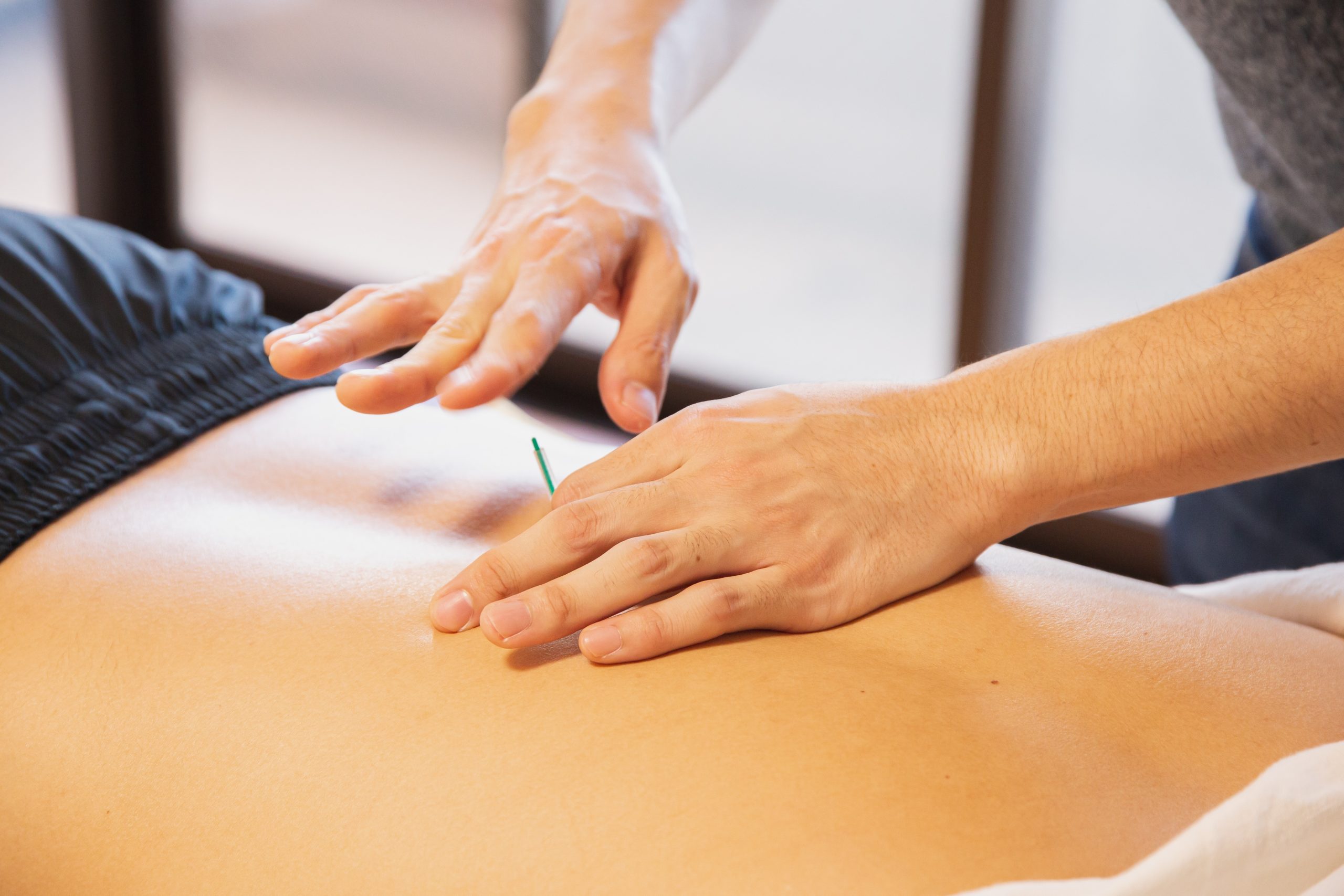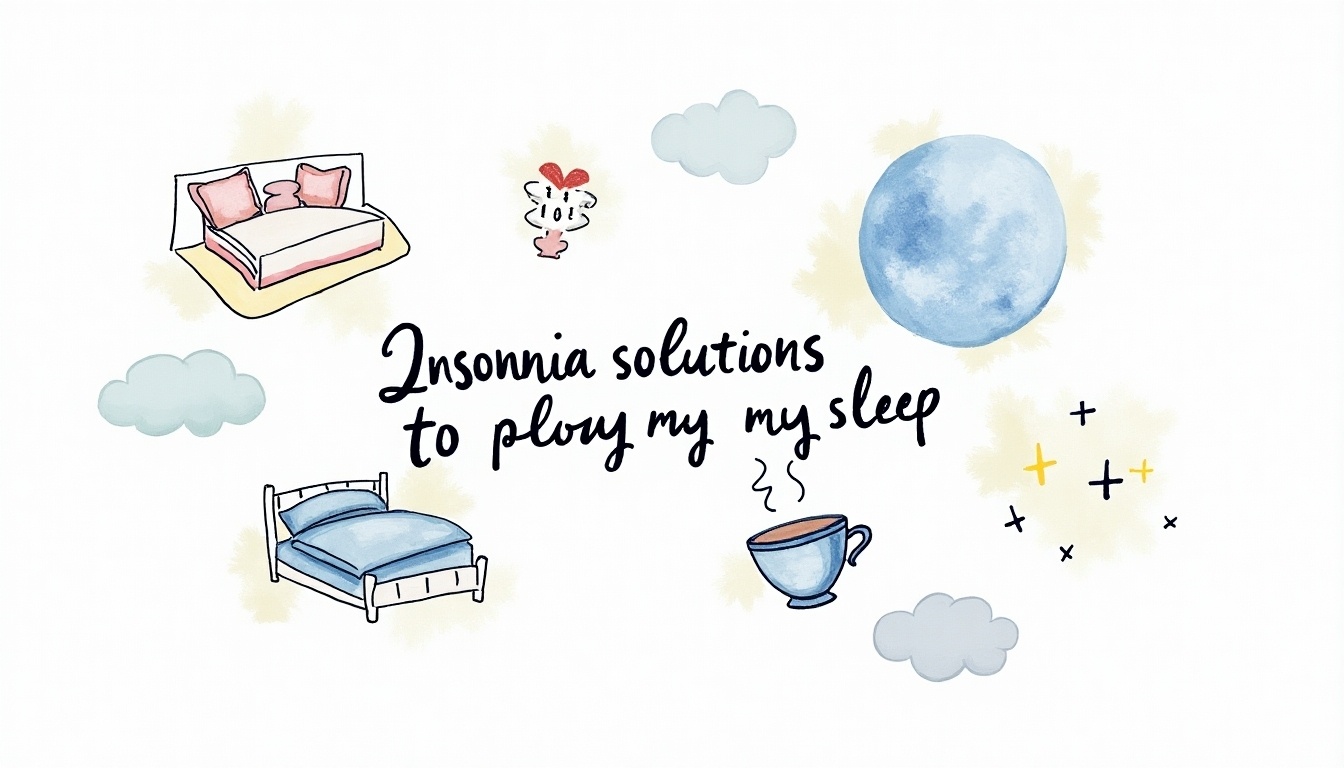Exploring Pediatric Sleep Disorders: Insights for Caregivers
Nearly half of all children face sleep problems at some stage, making awareness among caregivers crucial. Common disorders include insomnia, sleep apnea, and parasomnias like night terrors. Insomnia can affect 20-30% of kids, often tied to behavioral issues in younger children or anxiety in older ones. Obstructive sleep apnea may impact up to 5% and is often linked to obesity or enlarged tonsils. Sleepwalking presents safety concerns for around 5% of children but generally resolves with age. Caregivers should focus on establishing healthy sleep habits and knowing when to seek professional advice for persistent issues affecting their child’s health and well-being.
Overview of Pediatric Sleep Disorders

Pediatric sleep disorders are surprisingly common, affecting nearly half of all children at some point in their early years. These disorders can range from insomnia and sleep apnea to parasomnias like sleepwalking and night terrors. For instance, insomnia impacts about 20-30% of children and can manifest in different forms, such as behavioral insomnia in younger kids who resist sleep or conditioned insomnia in older children struggling with anxiety. Obstructive sleep apnea, which affects 1-5% of the pediatric population, is often linked to physical issues like enlarged tonsils or obesity, leading to symptoms like loud snoring and interrupted breathing during sleep. Other disorders, such as night terrors, which affect around 30% of children aged 3 to 7, may evoke intense fear without the child remembering the episode afterward. Daytime sleepiness, bruxism (teeth grinding), and restless legs syndrome are also notable, each presenting unique challenges for both children and their caregivers. Understanding these disorders is crucial for caregivers, as early identification can pave the way for effective management and improved sleep health.
Types of Pediatric Sleep Disorders
Pediatric sleep disorders come in various forms, each impacting children differently. Insomnia is one of the most common, affecting 20-30% of kids. It can be behavioral, where children resist going to sleep, or conditioned, often tied to anxiety. Transient sleep disturbances may occur due to changes in a child’s life, like moving to a new school.
Obstructive sleep apnea (OSA) is another serious condition, affecting 1-5% of children. This disorder often arises from enlarged tonsils or obesity, leading to loud snoring and breathing interruptions during the night. Treatment options include CPAP therapy, mouthguards, or surgical intervention.
Sleepwalking is seen in about 5% of children. It usually resolves as they grow older, but safety measures are crucial during episodes. Night terrors, which affect 30% of kids aged 3-7, involve sudden fear and confusion, with little recollection afterward.
Excessive daytime sleepiness affects 10-20% of children, often presenting as hyperactivity or irritability, which can be mistaken for other behavioral issues. Bruxism, or teeth grinding, is common in adolescents, occurring in about 15% of this age group, typically linked to stress. Lastly, restless legs syndrome (RLS) affects 2-4% of children, characterized by a strong urge to move the legs, especially at night, disrupting sleep.
| Disorder | Prevalence | Symptoms | Treatment |
|---|---|---|---|
| Insomnia | 20-30% | Resistance to sleep, anxiety about sleep | Cognitive-behavioral strategies, sleep hygiene |
| Obstructive Sleep Apnea (OSA) | 1-5% | Loud snoring, breathing interruptions | CPAP therapy, surgery for tonsil/adenoid removal |
| Sleepwalking | About 5% | Occurs during sleep, safety concerns | Generally resolves with age |
| Night Terrors | 30% (ages 3-7) | Sudden fear, lack of memory post-event | Calm environment, reassurance |
| Excessive Daytime Sleepiness | 10-20% | Hyperactivity, aggressive behavior | Sleep hygiene, medical evaluation if severe |
| Bruxism (Teeth Grinding) | 15% in adolescents | Teeth grinding, associated with stress | Mouthguards, relaxation techniques |
| Restless Legs Syndrome (RLS) | 2-4% | Uncontrollable urge to move legs, worse at night | Lifestyle changes, medical evaluation |
Impact of Sleep Disorders on Health
Sleep disorders can significantly affect a child’s health and development. When children do not get enough quality sleep, their ability to concentrate in school may suffer, leading to poor academic performance. For instance, a child with insomnia may struggle to stay awake during class, which can lead to frustration and behavioral issues. Additionally, chronic sleep deprivation can increase the risk of mental health issues such as anxiety and depression. Children experiencing conditions like obstructive sleep apnea may also face long-term health problems, including cardiovascular issues. These health impacts can ripple throughout all areas of life, from social interactions to physical health, underscoring the importance of addressing sleep disorders early.
Management Strategies for Better Sleep
To help children with sleep disorders, caregivers can implement various management strategies. One of the most effective approaches is establishing good sleep hygiene. This includes setting a consistent bedtime and creating a calming pre-sleep routine, such as reading a book or taking a warm bath. Daily physical activity can also promote better sleep, but it’s important to avoid vigorous exercise close to bedtime.
Optimizing the sleep environment is crucial as well. A quiet, dark, and cool room can help children fall asleep faster and stay asleep longer. Using blackout curtains, white noise machines, or essential oils like lavender can enhance the sleep setting.
Behavioral interventions can also be beneficial. Techniques such as mindfulness and relaxation exercises can reduce anxiety, which is particularly helpful for children with insomnia. For those struggling with behavioral insomnia, cognitive-behavioral strategies, like gradual sleep training, can be effective in teaching children to fall asleep independently.
If sleep issues persist, it’s essential to seek professional help. Consulting a pediatrician can lead to further evaluation and potential referrals to sleep specialists. In cases like obstructive sleep apnea, medical interventions, including CPAP therapy, might be necessary to ensure the child receives adequate rest.
- Establish a consistent bedtime routine
- Create a comfortable sleep environment
- Limit screen time before bed
- Encourage relaxation techniques like reading or deep breathing
- Monitor food and drink intake before sleep
- Be aware of sleep associations and habits
- Consult with healthcare providers for persistent issues
Resources for Caregivers
Caregivers can greatly benefit from accessing various resources to help manage pediatric sleep disorders. One valuable option is joining support networks, such as local or online communities where caregivers share experiences and advice. These groups can provide emotional support and practical tips from those who have faced similar challenges. Additionally, seeking professional help from pediatric sleep consultants can offer tailored strategies for specific sleep issues. These experts can assess individual situations and recommend effective interventions, whether through behavioral techniques or environmental adjustments. Furthermore, many hospitals and clinics offer educational workshops or webinars focused on sleep health, which can empower caregivers with knowledge and tools to improve their child’s sleep patterns.
Frequently Asked Questions
1. What are the common types of sleep disorders in kids?
Common sleep disorders in children include insomnia, sleep apnea, night terrors, and restless legs syndrome.
2. How can I tell if my child has a sleep disorder?
Signs of a sleep disorder in children may include trouble falling asleep, frequent waking during the night, loud snoring, or excessive daytime sleepiness.
3. What should I do if I suspect my child has a sleep disorder?
If you think your child has a sleep disorder, it’s best to talk to a pediatrician or a sleep specialist who can provide guidance and possibly conduct sleep studies.
4. Can sleep disorders affect my child’s behavior?
Yes, sleep disorders can lead to behavioral issues such as irritability, difficulty concentrating, or increased anxiety in children.
5. Are there any home remedies or tips to improve my child’s sleep?
Yes, establishing a bedtime routine, creating a calming sleep environment, and limiting screen time before bed can help improve your child’s sleep.
Takeaway TL;DR
Nearly half of children experience sleep disorders, including insomnia, obstructive sleep apnea, and sleepwalking. These issues can significantly affect a child’s behavior and health. Management strategies include establishing good sleep hygiene, optimizing the sleep environment, and using behavioral interventions. Caregivers are encouraged to seek professional help if sleep problems persist.
 English
English  Spanish
Spanish  Portuguese
Portuguese 






